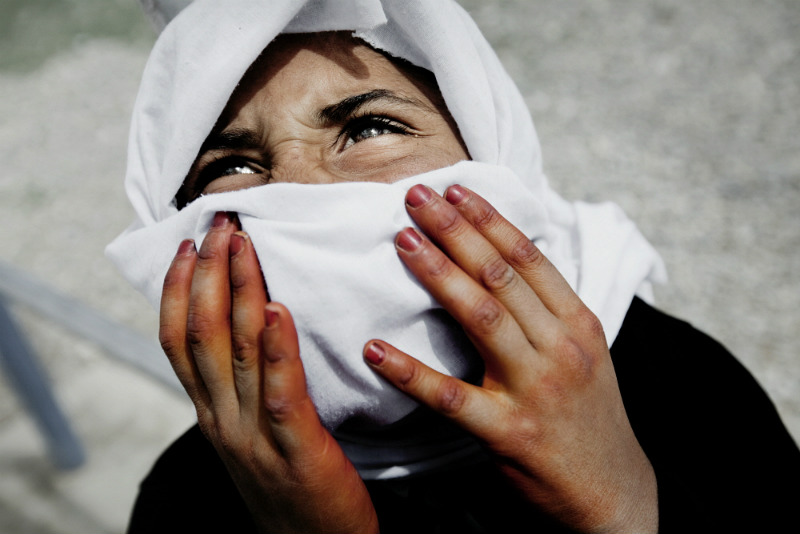By: Imogen Mathers
Send to a friend
The details you provide on this page will not be used to send unsolicited email, and will not be sold to a 3rd party. See privacy policy.
“In Afghanistan, mental health problems affect at least 40 per cent of college-age students — twice as many women as men. Depression and anxiety are high, especially among women and children.”
I heard this sobering analysis at the British Council’s Going Global conference on international education in London, United Kingdom, last week (1-2 June). The speaker was Osman Babury, Afghanistan’s deputy minister for higher education, and one of the panellists at a session on higher education in emergency environments.
The panellists spoke about the plight of students in different countries and crisis regions — Afghanistan, Iraq, Syria and the refugees displaced across the Middle East — and what Helena Barroco from the Global Platform for Syrian Students called the “unmet humanitarian need” of students.
They described how, in the face of emergencies, higher education tends to slip down the list of government priorities. It is typically underfunded, neglected in the UN system and gets scant media attention. Providing psychosocial care for students traumatised by violence and whose studies have been disrupted gets even less global attention.
So what can governments do?
Babury told me the Afghan government has been setting up mental health centres within schools and universities. These focus particularly on the needs of young women and girls, he said.
As extremist terror becomes an increasing feature of campus life for students across the world, what can be done both to protect and support students in the face of such traumas?
Imogen Mathers, SciDev.Net
Rates of depression, anxiety and suicide are much higher among women, as the traumas of conflict intersect with the miseries of Taliban oppression and anxieties stemming from family pressure to marry, Babury explained.
Schools and universities are also directly targeted by both government forces and violent extremist groups — the latter apparently increasingly intent on picking out campuses to play out their pseudo-religious wars.
Tragically, one doesn’t have to look too hard for examples of this. The UN reported 1,000 attacks on education establishments in Afghanistan in 2009-2014, with female staff and pupils under particular threat. In Iraq and Syria, the extremist group Islamic State continues its persecution of students and its enslavement of women and girls. In Sub-Saharan Africa, the Nigerian Islamic fundamentalist group Boko Haram has spent the past few years targeting schools and colleges with suicide bombings and abductions. And on 2 April an attack on Garissa University in Kenya saw militants from the Somali Al-Qaeda allied terrorist group Al-Shabaab murder 148 students.
Babury said that higher education institutions, particularly those in high-risk countries, should develop emergency response plans, give rapid response training to students and faculty staff, and set up mechanisms to enable research activity to continue despite wars or other disasters. Governments could set aside a pool of contingency funds for such emergencies, he added.
And the international community also has a role to play. During his speech, Babury suggested the UN could set up an agency to protect and support students.
Clearly the UN isn’t the whole answer: its repeated failure to protect children and young people in war zones around the world has slowly corroded my faith in their capacities. But with attacks on students proliferating, and entire generations of young people missing out on education, perhaps UN action on this point might galvanise broader support for student protection.














